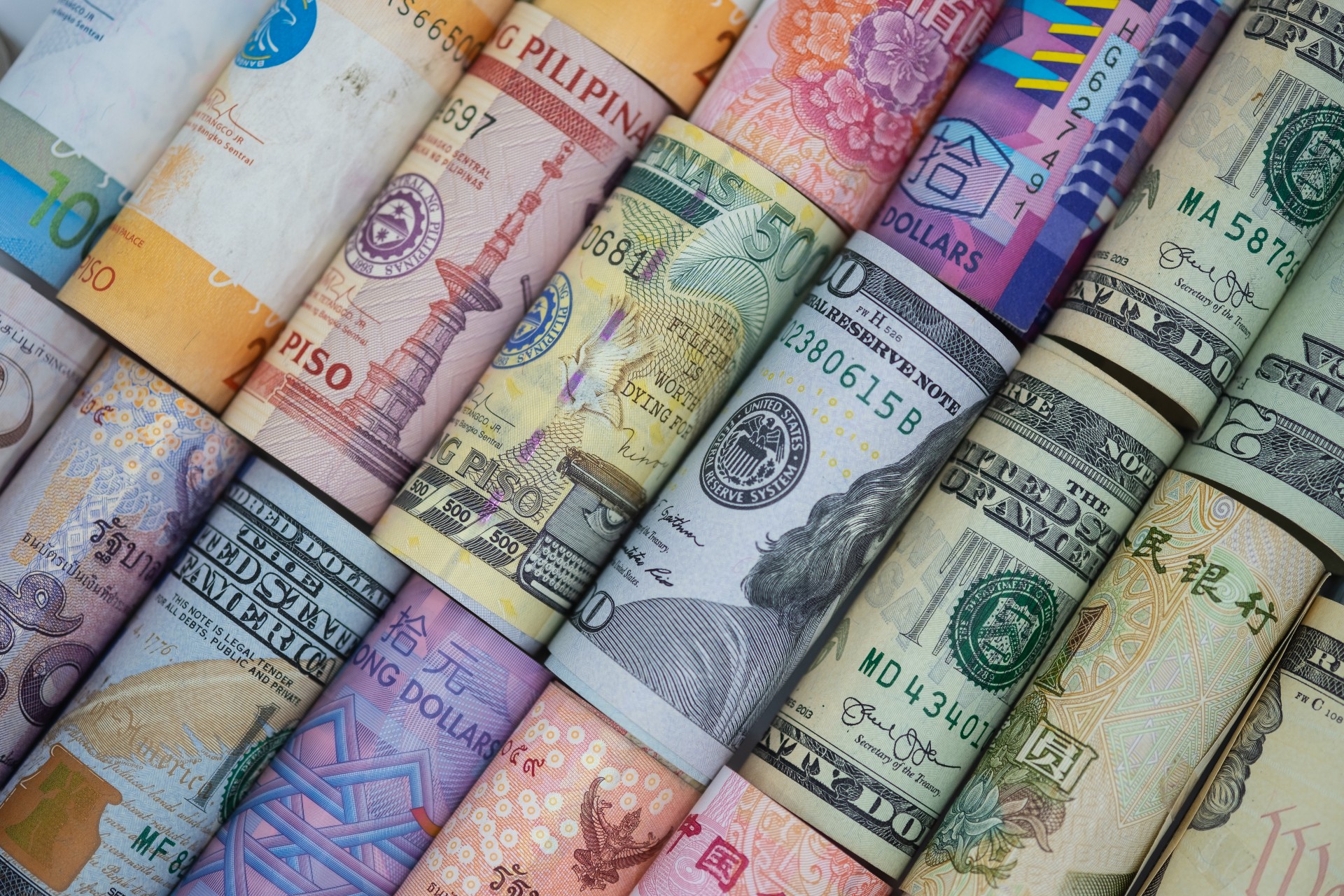The landscape of bilateral creditors has significantly evolved over the past decades. While financing flows and development aid from Paris Club members to Ems and LICs have shrunk following the reduction of bilateral and multilateral debt through the Heavily Indebted Poor Countries (HIPC) initiative in 1996 and the Multilateral Debt Relief Initiative (MDRI) in 2005, non-Paris Club countries such as Saudi Arabia, India and most notably China have become increasingly important bilateral lenders. Within countries eligible for the Poverty Reduction and Growth Trust, compared the overall share of bilateral debt as a percentage of GDP has remained roughly similar since 2206, declining slightly from 38% to 33%, but the relative share of non-Paris Club countries has sharply increased from 11% to 22%.
This development has affected in relative terms the traditionally pre-eminent position of Paris Club lenders and Bretton Woods institutions. Coupled with rising geopolitical tensions, coordination and information sharing among official sector creditors have become more difficult. In the view of some participants, new bilateral lenders, and China in particular, are seen as being rather reluctant to abandon a bilateral approach to the resolution of debt sustainability issues, aggravating inter-creditor equity concerns and causing delays in the progress of debt crisis resolution processes.
Scaled up financing from IFIs and Paris Club countries could help to better address EMs’ and LICs’ financing needs, such as through infrastructure finance, loan guarantees, supply chain agreements and debt relief as well as by leveraging the IMF’s lending into official arrears policy. These kinds of initiatives could hypothetically allow debt restructuring processes and IMF programmes to proceed despite the accumulation of arrears towards creditors insisting on strictly bilateral negotiations and debt treatments. While EMs and LICs would welcome access to such scaled up financing options from IFIs and Paris Club creditors, they also appear determined to maintain their relationships with new bilateral lenders for two major reasons.
Firstly, many EMs and LICs greatly value and do not want to jeopardise their broader relationships with new bilateral lenders. Secondly, borrowing countries are keen to continue the possibility of accessing alternative financing sources, as this increases their agency in borrowing choices and throughout debt restructuring processes.
The establishment of the DSSI and subsequently in the wake of the COVID crisis of the Common Framework (CF) under the auspices of the G20 and the Paris Club has represented an important step forward in signalling a shared commitment to tackle debt sustainability issues in eligible countries. However, progress on the implementation of debt treatments under the CF has been slow: of the four countries that applied – Zambia, Chad, Ethiopia and Ghana – an agreement has been reached only in the cases of Chad and Zambia.
Building trust between IFIs and Paris Club members on the one hand, and new bilateral lenders on the other has proved challenging, especially with regards to China, which has become the single largest bilateral creditor. Several participants highlighted China’s concerns over various aspects of current debt restructuring processes. The first issue is the lack of transparency in the formation of the IMF DSA, which has been partially addressed by the recent establishment of the Global Sovereign Debt Roundtable in 2023, where the IMF has agreed to share some information at an earlier stage. This concern over transparency is shared by private sector creditors.
The second concern involves the preferred status of MDBs, which account for a significant percentage of debt service. Over the next year in DSSI eligible countries 27% of debt service is due to MDBs and 29% to Chinese lending entities. It is widely reported that in China’s view, MDBs should be required, if not to provide debt relief, at least to scale up their efforts to meet the financing needs of EMs and LICs. The third controversial issue lies in uncertainties as to the definition of the restructuring perimeter, both in terms of the treatment of non-resident debt holdings and contingent obligations as well as in terms of the distinction between private sector and official sector obligations.
A step forward has been made in the context of Zambia’s debt restructuring negotiations with the agreement to include a large publicly guaranteed syndicated loan owed by ZESCO, Zambia’s state-owned electricity company, to China Eximbank in the perimeter of the debt restructuring and to treat Sinosure-covered bank loans as commercial. – Fourthly, various officials creditors worry about the enforcement of comparability of treatment vis-à-vis commercial creditors.
Against this background, fostering trust and collaboration among bilateral creditors is likely to require time but progress is underway, especially within the context of the Common Framework. There are strong reasons to believe that multilateral cooperative solutions to tackle debt sustainability issues and the financing needs of EMs and LICs are in the best interests of not only of these countries but also those of both Paris Club and new bilateral lenders. It is important to continue to develop and strengthen such solutions.
